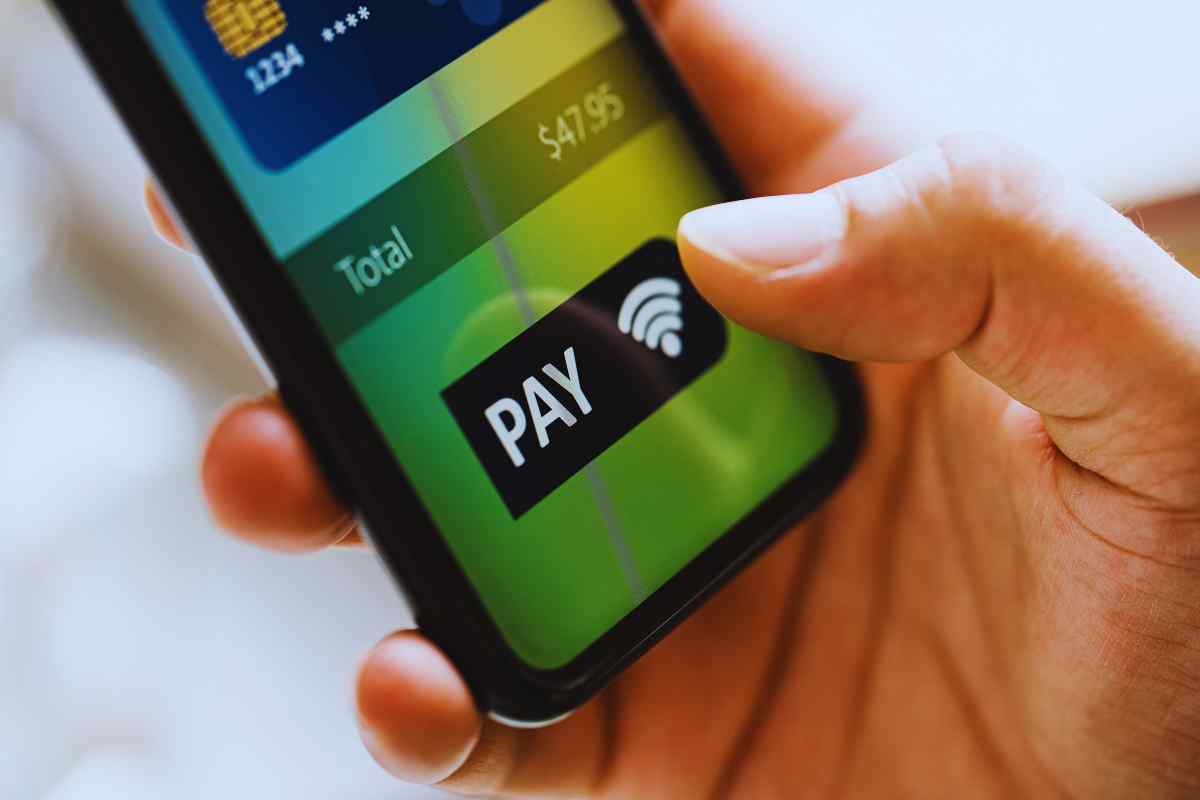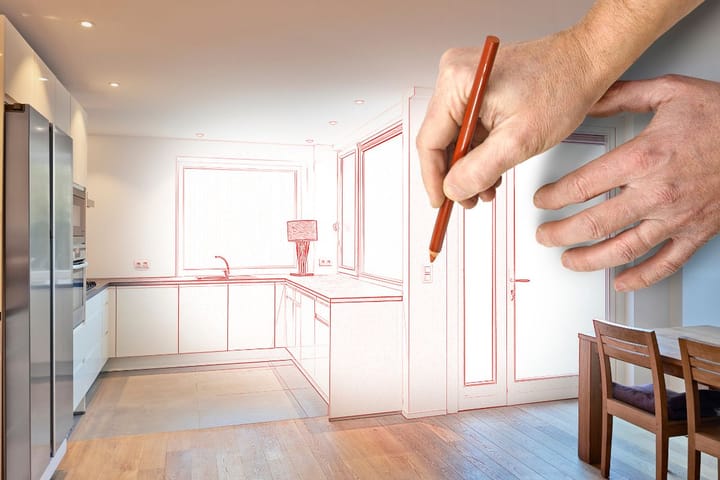How Mobile Apps Can Transform Home Improvement Projects
Home improvement pros: save time with portable, powerful software tools. Discover transformational tech to streamline projects and enhance efficiency.

For any company or contractor involved in home improvement projects, the hands-on work is what dominates your time and your mental bandwidth. However, the ample array of software that’s compatible with portable devices and provides advantageous functionality as you undertake your next big job deserves your attention.
So if you’re sick of finding that projects run away with themselves, take a look at a few of the following transformational tools, and get the help you need both portably and digitally.
Project Tracking
It’s unsurprising to learn that using mobile apps for project tracking amps up the efficiency of any home improvement initiative.
Moreover, there are tons of tools that could prove useful in this context - so you’re spoilt for choice.
Consider Trello, for example, which allows users to create boards and lists that visually map out tasks. Each card can contain detailed descriptions, deadlines, attachments (like blueprints or material lists), and even checklists to ensure every step of the project is accounted for. More than 50 million users can’t be wrong about the benefits of this platform.

For more comprehensive management, Buildertrend offers robust features like schedule management. This app provides Gantt charts and timelines that help you foresee potential delays or bottlenecks early on.
Let’s say you need to track subcontractors’ progress - this app sends automated updates directly to your phone when milestones are hit.
Or consider CoConstruct: designed specifically for custom builders and remodelers, this app helps sync daily logs from the job site with back-office reports effortlessly. It’s like having a personal assistant who meticulously documents each stage of your renovation.
And at a time when home improvement spending is expected to drop by $30 billion, doing your best to impress customers is the best route to long-term viability, even in uncertain economic periods.
Customer Communications
Streamlining customer communications through mobile apps fosters better relationships and smoother project execution. So as well as using software for large field service businesses to keep employees productive, you should also look for solutions that factor in customer interactions as well.
Apps like Houzz offer in-app messaging features that allow homeowners and contractors to share ideas, photos, and plans directly. This makes envisioning the final outcome much clearer for both parties.
Meanwhile with Buildertrend, you can maintain transparency by sharing daily updates with clients. It includes tools for progress photos, time-stamped logs, and even weather reports - vital data points when timelines are crucial.
Communication apps provide these benefits:
- Instant Messaging: Real-time conversations keep everyone on the same page.
- Photo Sharing: Visual updates enhance understanding of ongoing work.
- Progress Tracking: Regularly updated logs build trust with clients.
You should consider Slack as well: while not built solely for home improvement projects, its versatility allows teams to create channels dedicated to specific aspects of a project (e.g., plumbing or electrical). This centralized hub ensures no detail gets overlooked - and means you don’t need to waste time with meetings, of which around 70% are actually harmful to productivity.
Furthermore, integrating video conferencing capabilities into your workflow becomes easy with Zoom or Microsoft Teams. These platforms facilitate virtual meetings where you can discuss changes face-to-face without needing physical presence - and while this type of meeting is measurably less engaging than in-person get-togethers, with 42% of people not using cameras during video calls, it’s still preferable to the voice-only approach of the past.
Payment Processing
Simplifying payment processing through mobile apps enhances both efficiency and security in home improvement projects - with the market for mobile payments rising by 27% last year as a result of this.
Apps like Square and PayPal offer streamlined solutions for handling transactions, allowing contractors to send invoices, receive payments, and even set up recurring billing - all from their smartphones.

For instance, with QuickBooks Online, you can manage financials comprehensively. This app not only handles invoicing but also integrates with your bank accounts to provide real-time expense tracking. It’s almost like having an accountant on standby at all times.
Key features of these payment processing apps include:
- Instant Invoicing: Generate and send invoices directly from the job site.
- Secure Transactions: Encryption ensures sensitive information stays protected.
- Automated Reminders: Schedule reminders for upcoming or overdue payments.
Then there’s Venmo for Business, which offers another straightforward solution - and is especially useful for smaller transactions or less formal agreements. Clients can pay instantly using just a smartphone app; it’s that simple (and clients appreciate the convenience).
For larger operations requiring more complex financial oversight, consider Procore. Besides its robust project management tools, Procore facilitates detailed cost management reports that link directly with ongoing tasks - a seamless integration that reduces administrative workload while providing comprehensive insights into project finances.
Material and Inventory Management
Managing materials and inventory through mobile apps reduces waste, optimizes resource use, and keeps projects on track. This is significant since 30% of all waste generated around the world is as a result of construction activities - and 35% of this ends up in landfill sites rather than being recycled.
Apps like Tradify offer comprehensive solutions for tracking inventory levels, ordering supplies, and managing deliveries. This helps ensure that you always have the necessary materials without overstocking.
For those requiring more specialized tools, BuildTools provides features such as purchase order management. You can create detailed orders directly from your smartphone and sync them with suppliers in real time - think of it as having a supply chain manager right in your pocket.
Consider these advantages of material management apps:
- Real-Time Tracking: Monitor stock levels instantly to prevent shortages. This is useful both before you start a project and once it’s up and running.
- Automated Ordering: Schedule orders when stock hits predefined limits.
- Supplier Coordination: Sync communications directly with vendors for seamless transactions.
Another useful app is Sortly: designed to simplify complex inventories with an easy-to-use interface. Contractors can scan barcodes or QR codes to log materials in and out quickly (and reduce manual entry errors).
Then there are Fieldwire’s task management capabilities, which also extend to material tracking, meaning you get a holistic view of how resources align with project timelines. Linking material usage data with specific tasks offers better insight into efficiency - a bit like turning every team member into a logistics expert.
Quality Control and Safety
Ensuring quality control and safety through mobile apps promotes high standards and minimizes risks in home improvement projects. With 2.8 million global deaths linked with work annually, and falls topping the list of risks here, it’s unambiguously important for construction projects to be handled robustly in this regard.
Procore, for example, offers features tailored to monitor job site conditions. You can perform safety inspections, document issues with photos, and generate reports - all from your smartphone.
SafetyCulture stands out by enabling contractors to create custom checklists that cater specifically to their project’s requirements. This helps in conducting thorough inspections regularly - almost like having a digital clipboard that ensures nothing is missed.
Benefits of using quality control apps include:
- Issue Documentation: Capture and annotate images of problem areas instantly. This is useful for avoiding one of many potential construction nightmares.
- Custom Checklists: Tailor inspection criteria specific to each project. For instance, electrical safety can be comprehensively overseen thanks to this functionality.
- Report Generation: Compile detailed reports on-site for immediate action.
Another effective tool is PlanGrid: besides its primary function of sharing plans, it also allows marking up drawings directly on the app when discrepancies or errors are found during construction. This feature streamlines communication about corrections needed - similar to redlining blueprints but far more efficiently.
For real-time hazard identification and incident reporting, consider Raken. Contractors can submit daily logs detailing any safety concerns or incidents; these logs automatically sync with management systems for prompt response.
Final Thoughts
As you can see, mobile apps truly can have a transformative impact on home improvement projects - and even if you are not an industry professional, it’s good to know about the tools that are out there so you can push forward with your next major renovation with the knowledge that there’s excellent software on hand to help out.




Comments ()